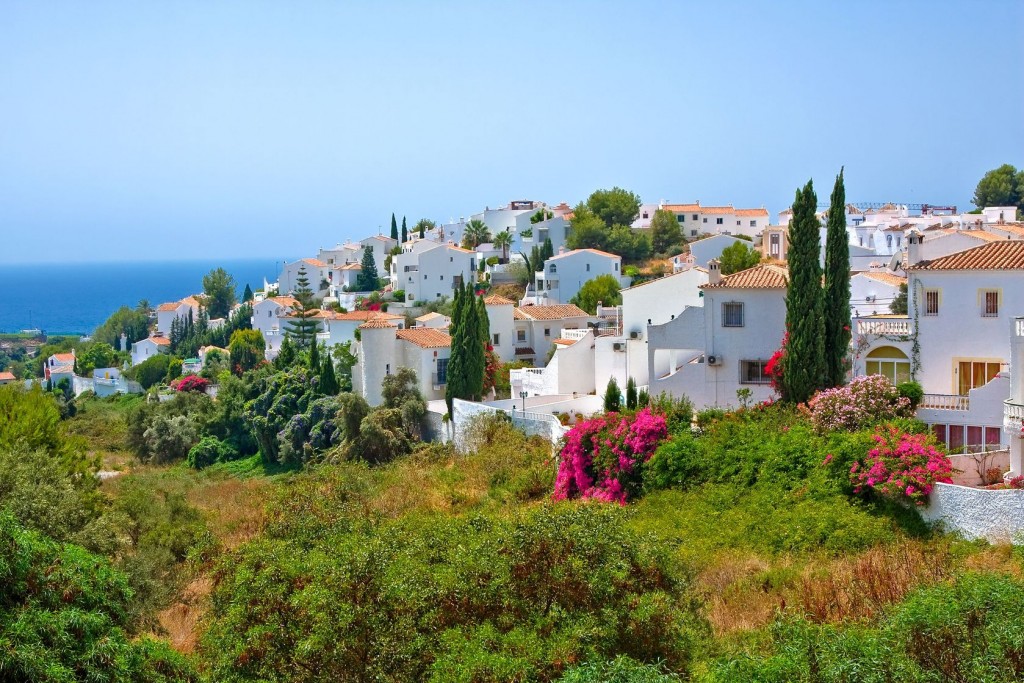Winter is coming. Hopefully, you work for a boss (either yourself or an entirely separate human being, it doesn’t matter as long as you/they are chill) that will give you some substantial time off to get as far away from the cold as humanly/financially possible. If you’ve got the funds and the time, why not ship your ass over to Spain for the holidays? Sure, sun, wine, and bullfighting are synonymous with Spain — as well as the surnames Banderas, Bardem, and Cruz — but even so, there’s more to this massive chunk of Iberian Peninsula than the typical tourist might know about. Granted, these travel “nuggets” aren’t meant to be comprehensive, covering an entire country, but they are designed to give you a some very helpful tidbits in a quick read. Ranging from unexpected customs you might encounter to what to bring (or not bring), as well as some cool things you can pick up — souvenirs, not communicable diseases, hopefully — as you meander about, we’ve got you covered. And with that in mind, let’s dig into five travel nuggets about that beautiful land known as Spain.
Be Prepared for All Sorts of Weather
While the phrase “sunny Spain” is one that you’ve probably heard before, and is often true when talking about southern Spain, things get a little different when you head north, or into the mountains.
Remember, Spain is the second most mountainous county in Europe after Switzerland. While the country doesn’t have the stratospheric peaks Austria and Switzerland can boast of, there’s a lot of elevation all around, especially when you get away from the coasts. That means wind, snow, and cold weather. And when talking about regions like Galicia (northwest corner of Spain), depending on the village or city you happen to be visiting (A Coruña can be pretty drizzly), you could be dealing with precipitation levels rivaling parts of the British Isles.
Check Out the North
Speaking of the north, don’t forget to go there. Sure, the beaches are great in the south, and Barcelona (one of my favorite cities) is awesome, but northern Spain has a lot to offer as well. You can choose from the great food (pintxos, not tapas), the beautiful harbor and vibrant Basque culture in San Sebastián, the natural wonders of Navarra (not to mention the famous “Running of the Bulls” in Pamplona), the town of Santiago de Compostela, which marks the traditional end of the Camino de Santiago pilgrimage trek across northern Spain, plus a host of other cool locales to discover. All you have to do is head north.
Remember, English Isn’t Widely Spoken
If you’ve traveled in European countries as diverse as Portugal, Sweden, and the Netherlands, you’ll find that English is widely spoken. That definitely is not the case in Spain. Of course, if you stick to the tourist track and stay in international hotels, you’ll get by with English. But if you want to venture out into Spanish society, and you don’t speak a lick of Spanish, at the very least pick up a phrase book so you can order food, find transportation, and figure out how much something costs. Don’t rely on the fact that English is the de facto world language — you’re in Spain now, and the language has changed.
Pick Up Some Jerez Sherry and Orujo
Everyone seems to loves Iberian ham (Jamón ibérico)… well, everyone except for vegans and vegetarian, I suppose. If you don’t fall into the latter category, feel free to pick up some tasty cured pork up to take home with you, but don’t forget the booze either. Sherry from Jerez (a lovely city in Andalusia) is a delightful aperitif with a very unique flavor, often described as “nutty.” And if you’re feeling brave, get your hands one some Orujo, also known as augardiente or “firewater.” Hovering around the 50% alcohol content level, this distinct Spanish brandy isn’t for the faint of heart — or for folks who can’t hold their liquor.
Kisses and Gore
Last but not least, get ready for some kisses and gore. If you’re lucky enough to make a few Spanish friends, don’t forget that two kisses on the cheek (don’t plant or let your lips linger too long) are the norm for hellos and goodbyes. And with all of that bloody bullfighting (banned in Catalonia), plus all kinds of festivals that involve killing animals, like throwing goats from towers or puling the heads off of geese (poplar in San Antolín), if you truly want to dive into traditional Spanish culture, get ready for a little carnage as well.


























